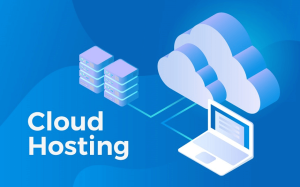How to Build an Effective Risk-intelligent Enterprise

ADVERTISING: This article contains an advertisement
When you speak about a risk intelligent organization, it’s a company that includes and gives risk management strategies an emphasis while taking decisions.
The acquired intelligence is then used for taking action and making strategic decisions which positively impact the company business goals and objectives. In addition to all this, all of the employees should also be able to conform to the enterprise hazard management strategy. This means that risk assessment and control is everyone’s job, which comprises of the following steps.
- The establishment of a framework policy and process for effective hazard assessment and management.
- The identification of all associated important hazards and vulnerabilities and all the necessary plans to be implemented for addressing them.
- Determining the risks that have a significant impact on the company’s values.
- Developing a risk appetite statement that conforms with your business objectives
- Determining which employees have the capacity and authority to handle different types of dangers, and hold them accountable for them
- Developing a risk appetite strategy. The best way to do this is by assessing how much risk you are taking, how much you can take and how much you prefer to take.
It also involves assessing how much risks are needed to reach your strategic goals and which hazards are acceptable and unacceptable, and why.
Need for capable leaders
With all these changes taking place, businesses need to have capable leaders who can plan things accordingly. The leaders should also be ready for all associated changes and ambiguities that come with it.
This is because some people assume that all emerging and strategic dangers the company faces have minimal or no effect at all in the actual running of their business.
However, they are wrong in this notion. This is why it is important that they are not entirely indifferent to all associated exposure. In other words, anticipation and preparation are very important as a response to the forecasts.
Conclusion
So make it a point to include the collaboration of all the leaders in your organization in your risk management strategy. You should also ensure that all the associated hazards are mapped based on business objectives.
Lastly, the risk management process must have a connection to your overall corporate business strategy. It is a confluence of all this that helps in the building of a strong and integral risk intelligent organization.
Visit https://riskintelligence.eu/ for more information.






